How should Nato respond to Putin’s incursions?
Russia has breached Nato airspace regularly this month, and nations are primed to respond
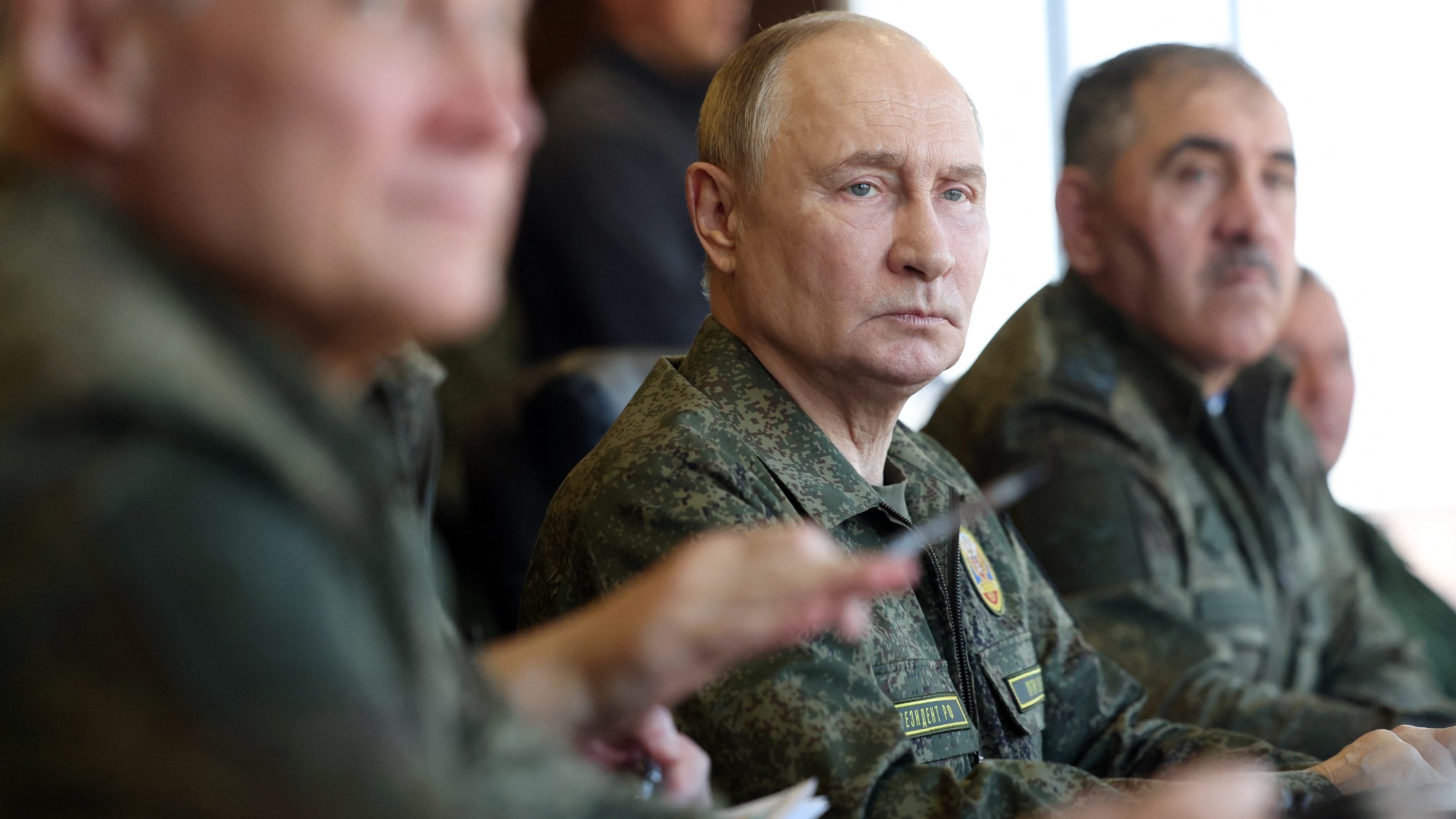
This month, Russian drones and fighter jets have encroached on the airspace of several Nato countries, including Poland, Romania, Latvia, Lithuania, Finland and Estonia. And unidentified drone sightings have caused disruption at airports in Denmark.
These incursions, said Politico, raise “difficult questions” for the Nato alliance. Although “Moscow insists it’s done nothing wrong”, Poland has shot down some of the drones that flew over its skies, and several Nato nations are warning that “they’re ready to shoot down Russian aircraft entering their airspace”.
What did the commentators say?
The central question is whether or not it was Russia’s deliberate intention to breach Nato airspace. There is “no consensus view” on this among member states, said CNN, after speaking to “a dozen senior US and Western military, intelligence and diplomatic” officials. That puts the alliance in an “uncomfortable position”.
The Week
Escape your echo chamber. Get the facts behind the news, plus analysis from multiple perspectives.

Sign up for The Week's Free Newsletters
From our morning news briefing to a weekly Good News Newsletter, get the best of The Week delivered directly to your inbox.
From our morning news briefing to a weekly Good News Newsletter, get the best of The Week delivered directly to your inbox.
The Estonian incident – in which three MiG-31 fighter jets flew over the Baltic Sea for 12 minutes with their transponders off and without communicating with air traffic control – “appears hard to write off as a mistake”, said Archie Bland in The Guardian.
But there is a “fundamental difference” between Moscow’s and Nato’s rules of engagement, Charly Salonius-Pasternak, of the Helsinki-based Nordic West Office think tank, told Politico. “Russia has said they think they are in a military conflict” with the West but “we do not see it that way”. Nato’s parameters do not require the immediate use of force in response to an assumed incursion during peacetime. Nobody would “start World War Three because of this”, Ukrainian military analyst Mykola Bielieskov told the news site.
What next?
Nato’s response to “Russia’s reckless acts will continue to be robust”, said the North Atlantic Council. And the option of “shooting down a Russian jet that is intruding on our airspace is on the table”, said European Commission President Ursula von der Leyen yesterday. On the sidelines of this week’s UN General Assembly in New York, Donald Trump said he believed this is an option Nato countries should take.
But even shooting down Russian drones could be a challenge, said Yasir Atalan on Foreign Policy. The West will find it hard to do so “at a sustainable cost”. The price of scrambling fighter jets or deploying expensive missiles is much, much higher than what Russia is spending on each drone. Nato countries will need to follow Ukraine in finding “cheaper options, such as interceptor drones and energy lasers”, if they intend to withstand “large-scale drone attacks”.
A free daily email with the biggest news stories of the day – and the best features from TheWeek.com
Keumars Afifi-Sabet is a freelance writer at The Week Digital, and is the technology editor on Live Science, another Future Publishing brand. He was previously features editor with ITPro, where he commissioned and published in-depth articles around a variety of areas including AI, cloud computing and cybersecurity. As a writer, he specialises in technology and current affairs. In addition to The Week Digital, he contributes to Computeractive and TechRadar, among other publications.
-
 6 lovely barn homes
6 lovely barn homesFeature Featuring a New Jersey homestead on 63 acres and California property with a silo watchtower
-
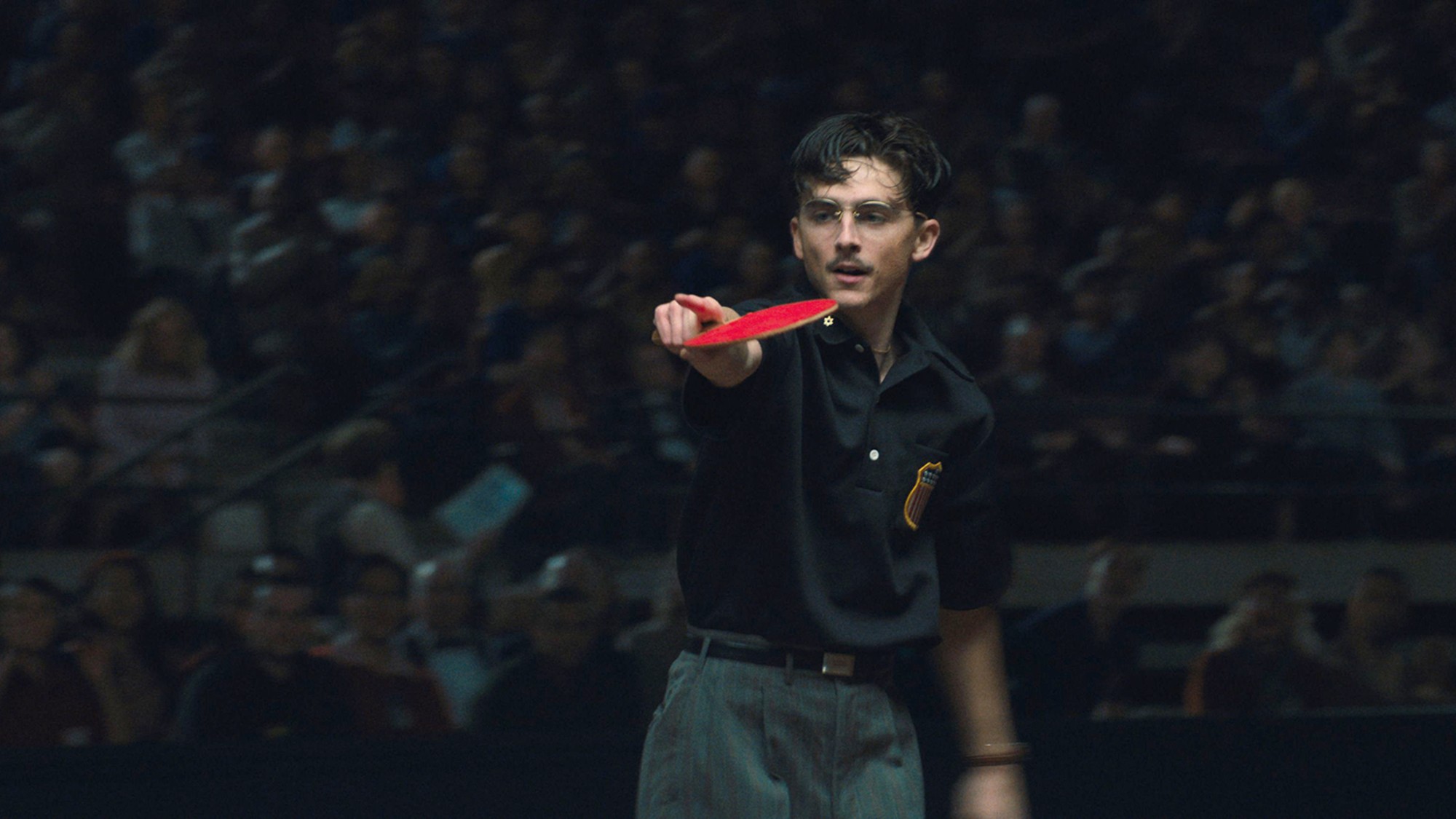 Film reviews: ‘Marty Supreme’ and ‘Is This Thing On?’
Film reviews: ‘Marty Supreme’ and ‘Is This Thing On?’Feature A born grifter chases his table tennis dreams and a dad turns to stand-up to fight off heartbreak
-
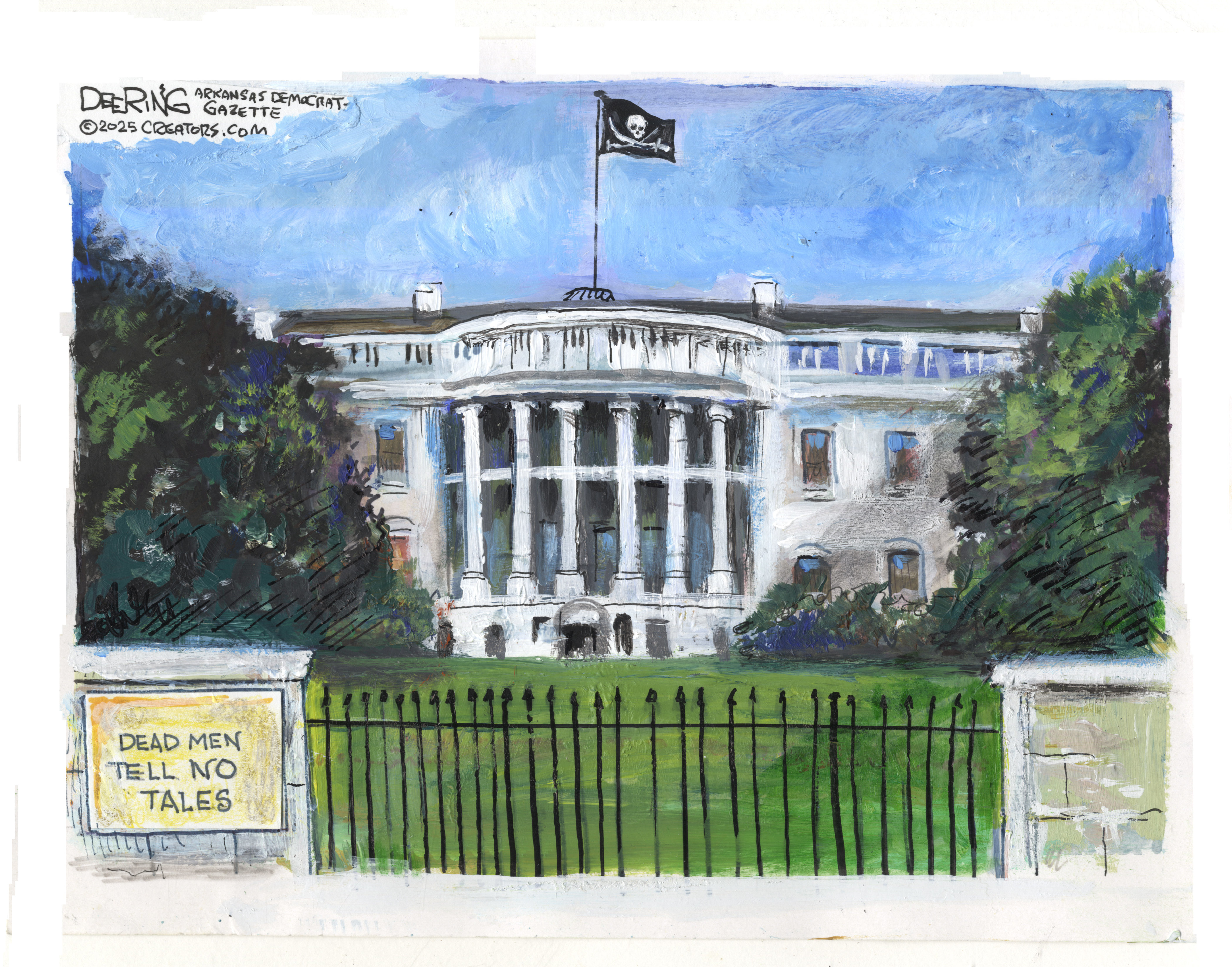 Political cartoons for December 14
Political cartoons for December 14Cartoons Sunday's political cartoons include a new White House flag, Venezuela negotiations, and more
-
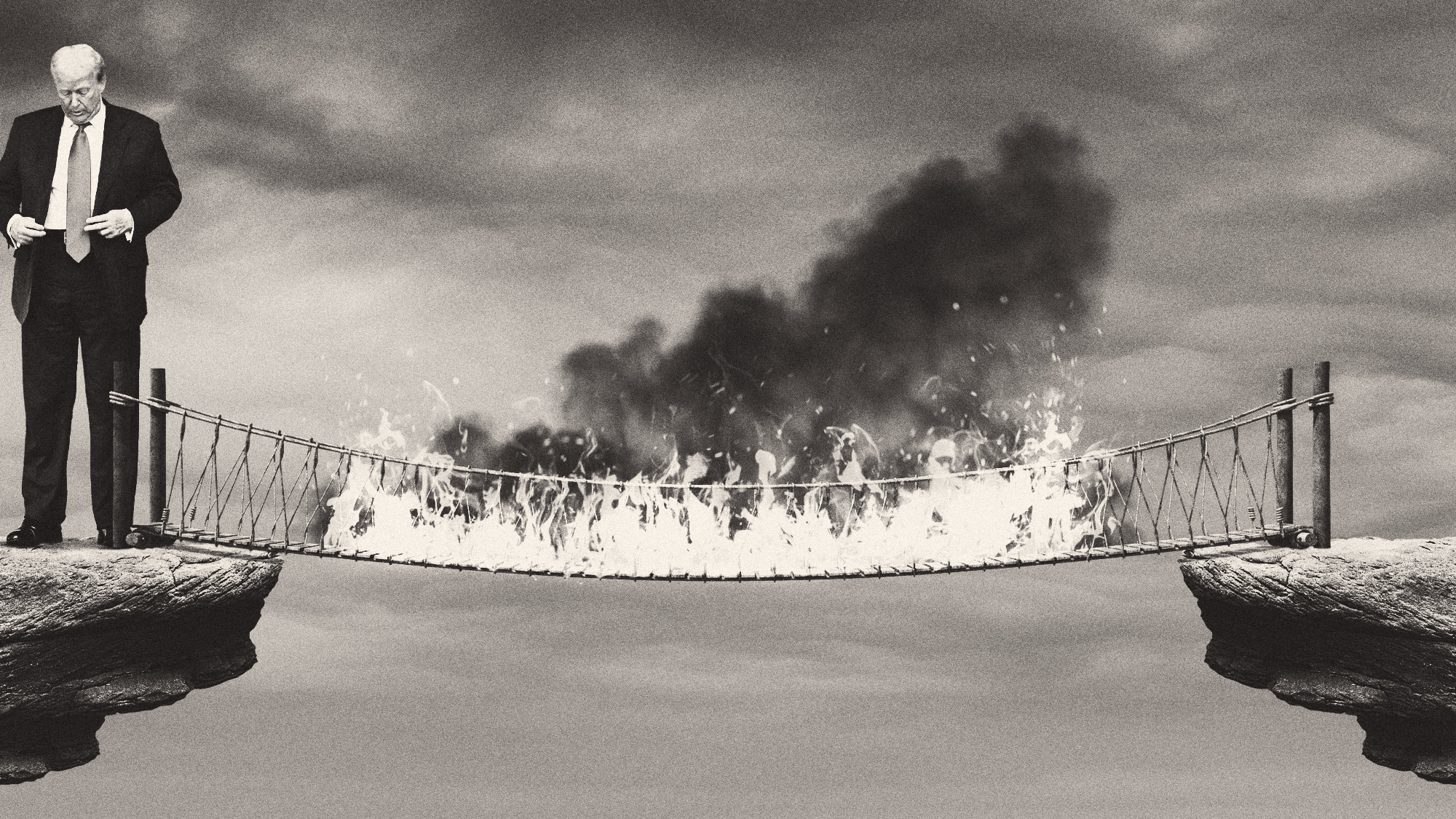 Did Trump just end the US-Europe alliance?
Did Trump just end the US-Europe alliance?Today's Big Question New US national security policy drops ‘grenade’ on Europe and should serve as ‘the mother of all wake-up calls’
-
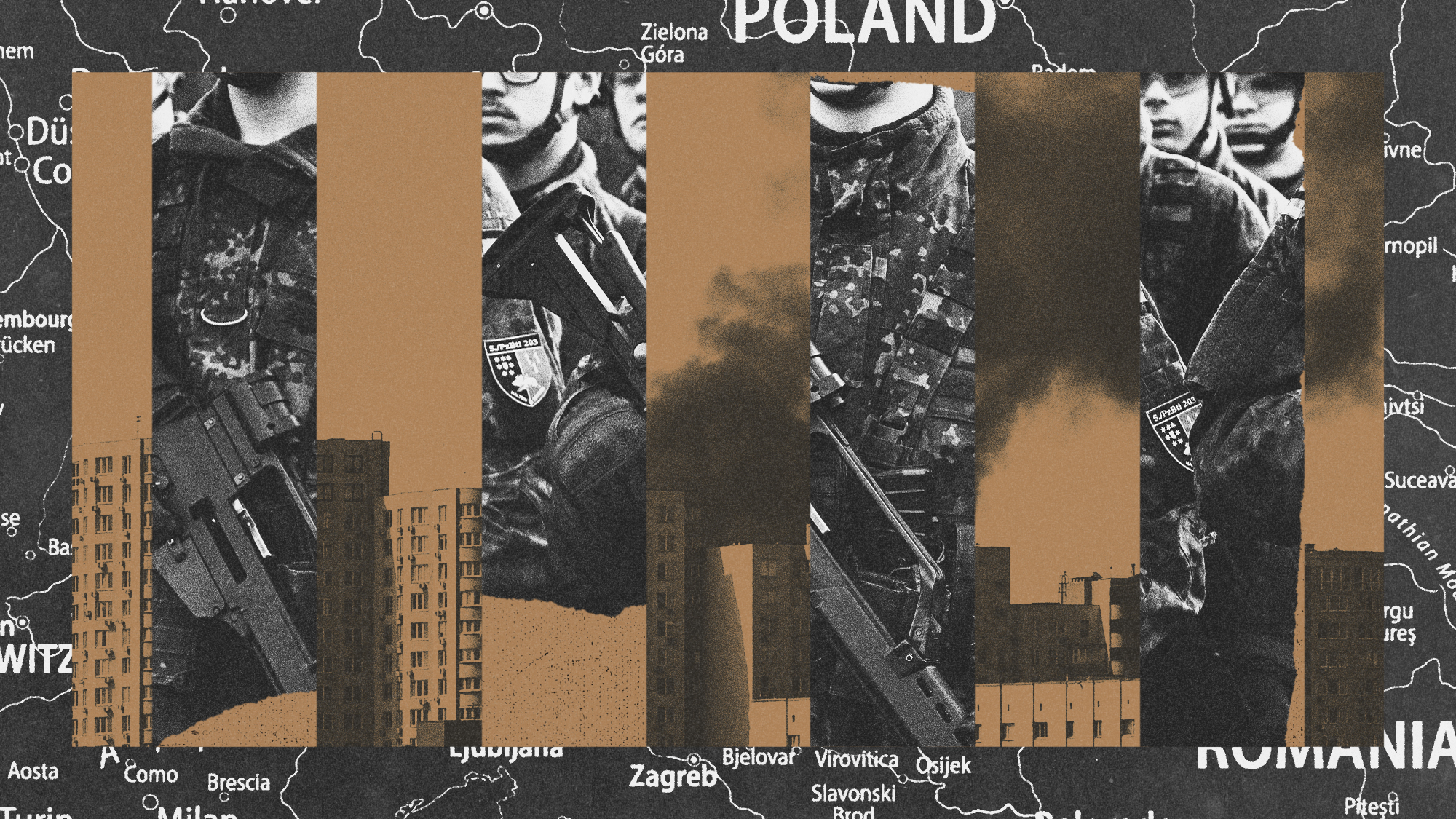 Is conscription the answer to Europe’s security woes?
Is conscription the answer to Europe’s security woes?Today's Big Question How best to boost troop numbers to deal with Russian threat is ‘prompting fierce and soul-searching debates’
-
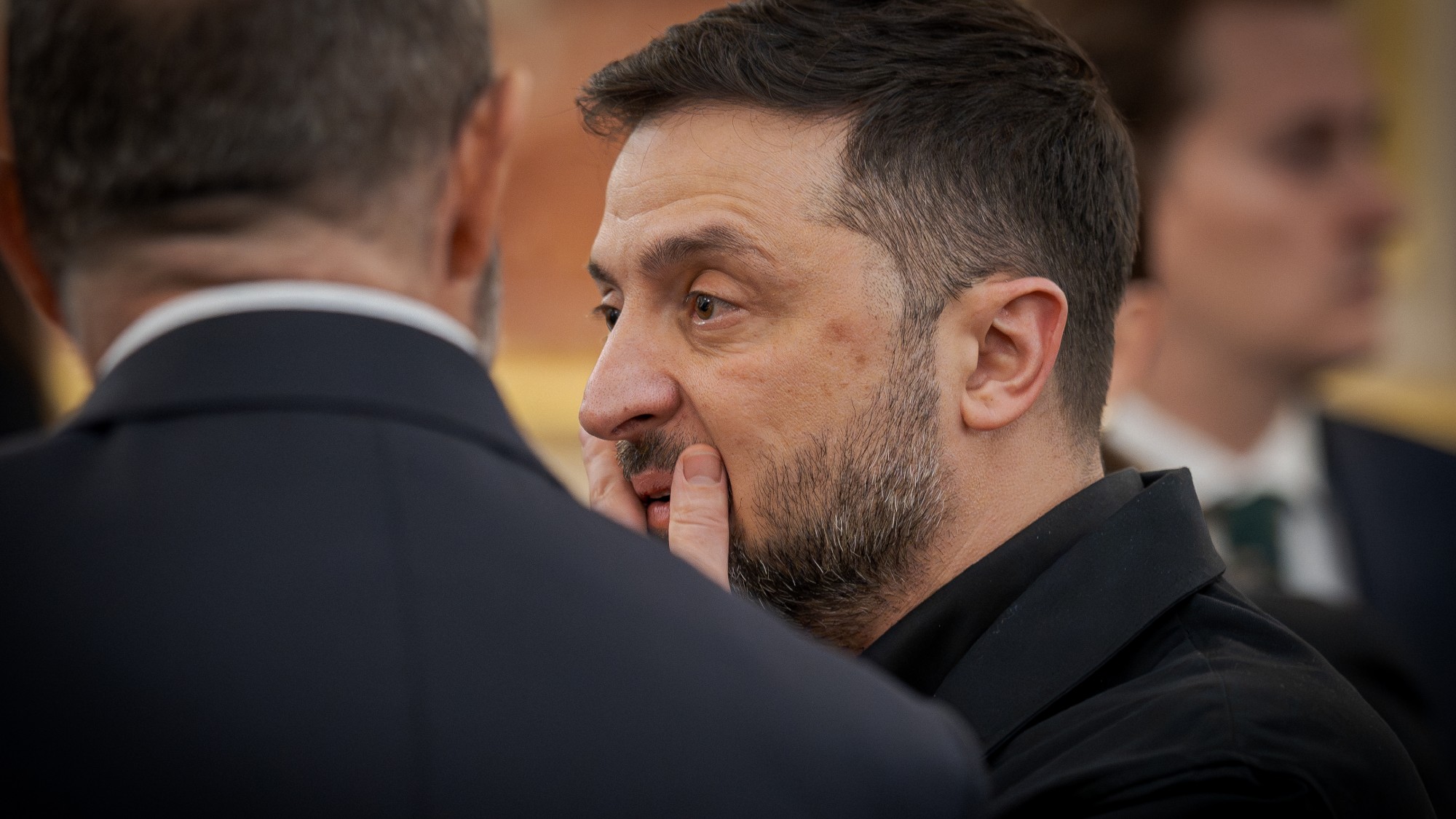 Trump peace deal: an offer Zelenskyy can’t refuse?
Trump peace deal: an offer Zelenskyy can’t refuse?Today’s Big Question ‘Unpalatable’ US plan may strengthen embattled Ukrainian president at home
-
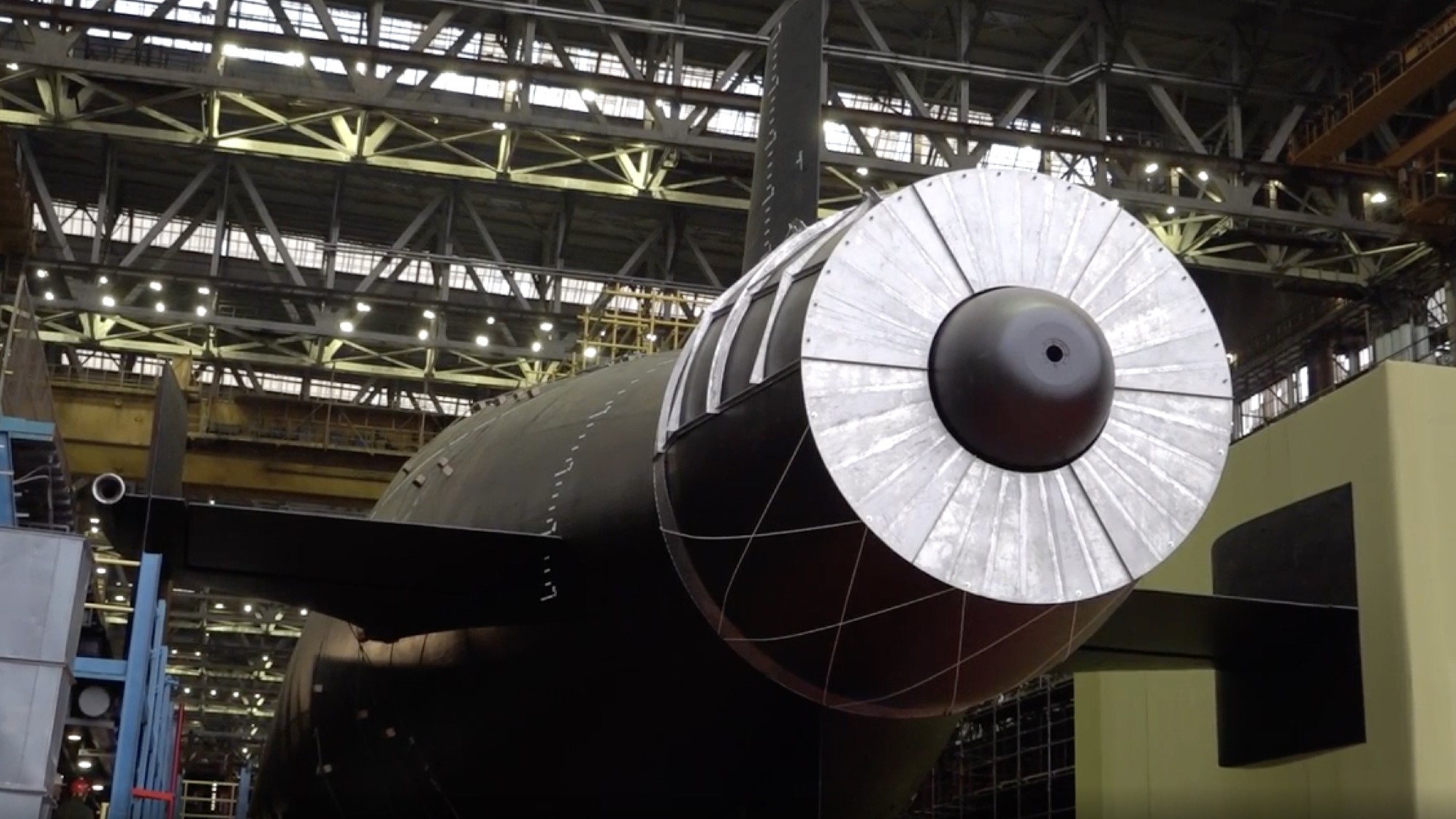 Vladimir Putin’s ‘nuclear tsunami’ missile
Vladimir Putin’s ‘nuclear tsunami’ missileThe Explainer Russian president has boasted that there is no way to intercept the new weapon
-
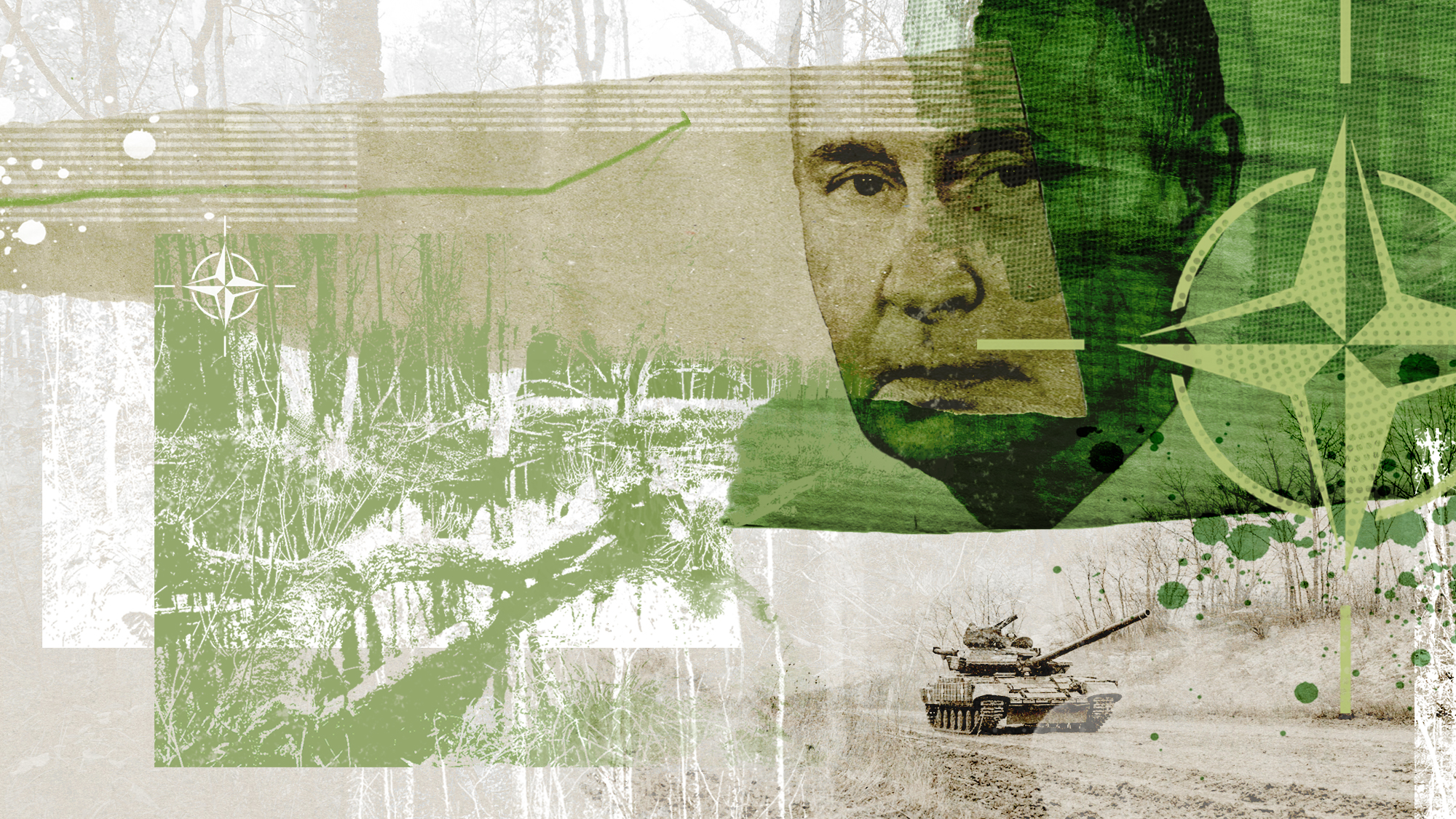 The Baltic ‘bog belt’ plan to protect Europe from Russia
The Baltic ‘bog belt’ plan to protect Europe from RussiaUnder the Radar Reviving lost wetland on Nato’s eastern flank would fuse ‘two European priorities that increasingly compete for attention and funding: defence and climate’
-
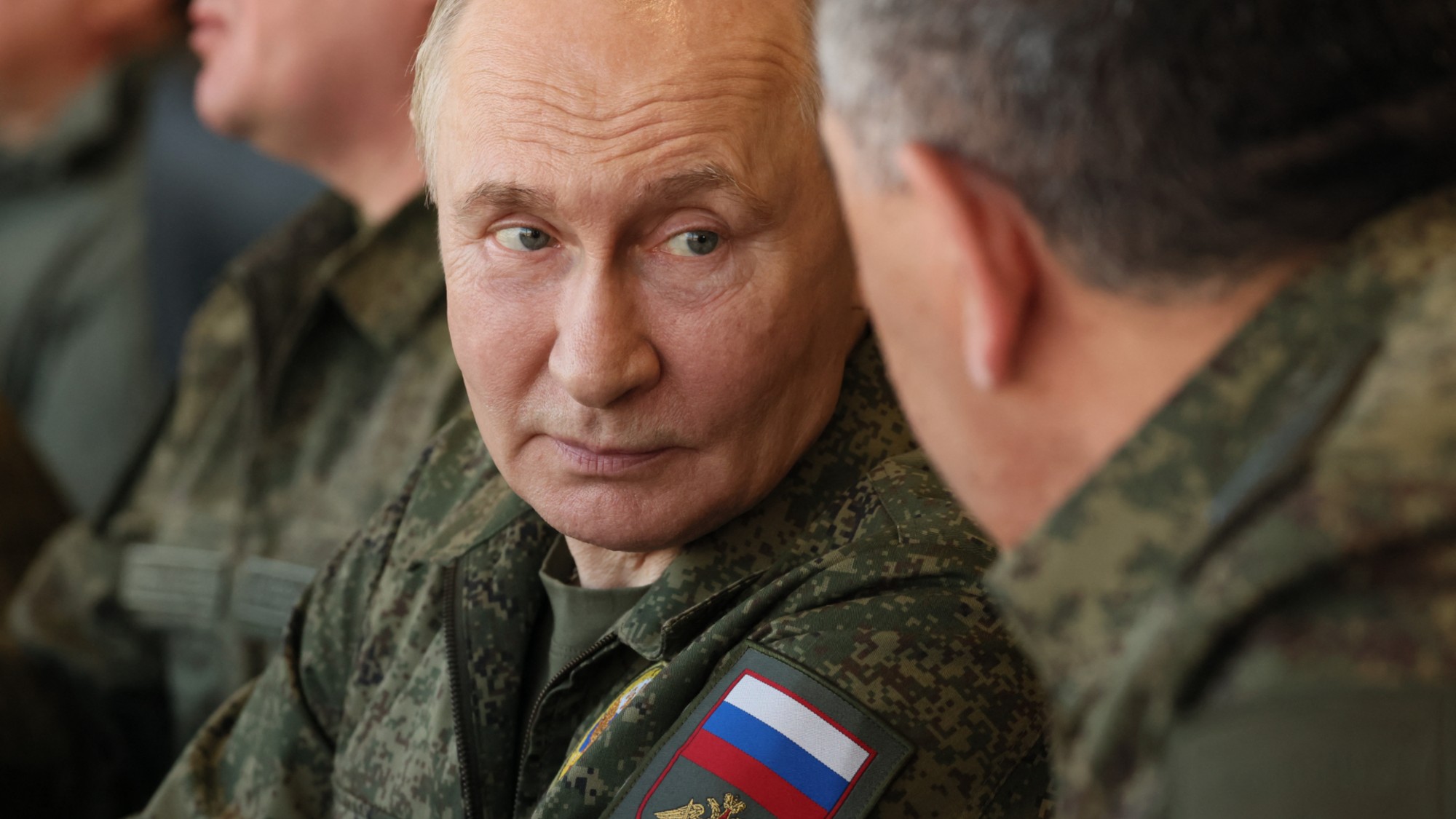 Russia’s war games and the threat to Nato
Russia’s war games and the threat to NatoIn depth Incursion into Poland and Zapad 2025 exercises seen as a test for Europe
-
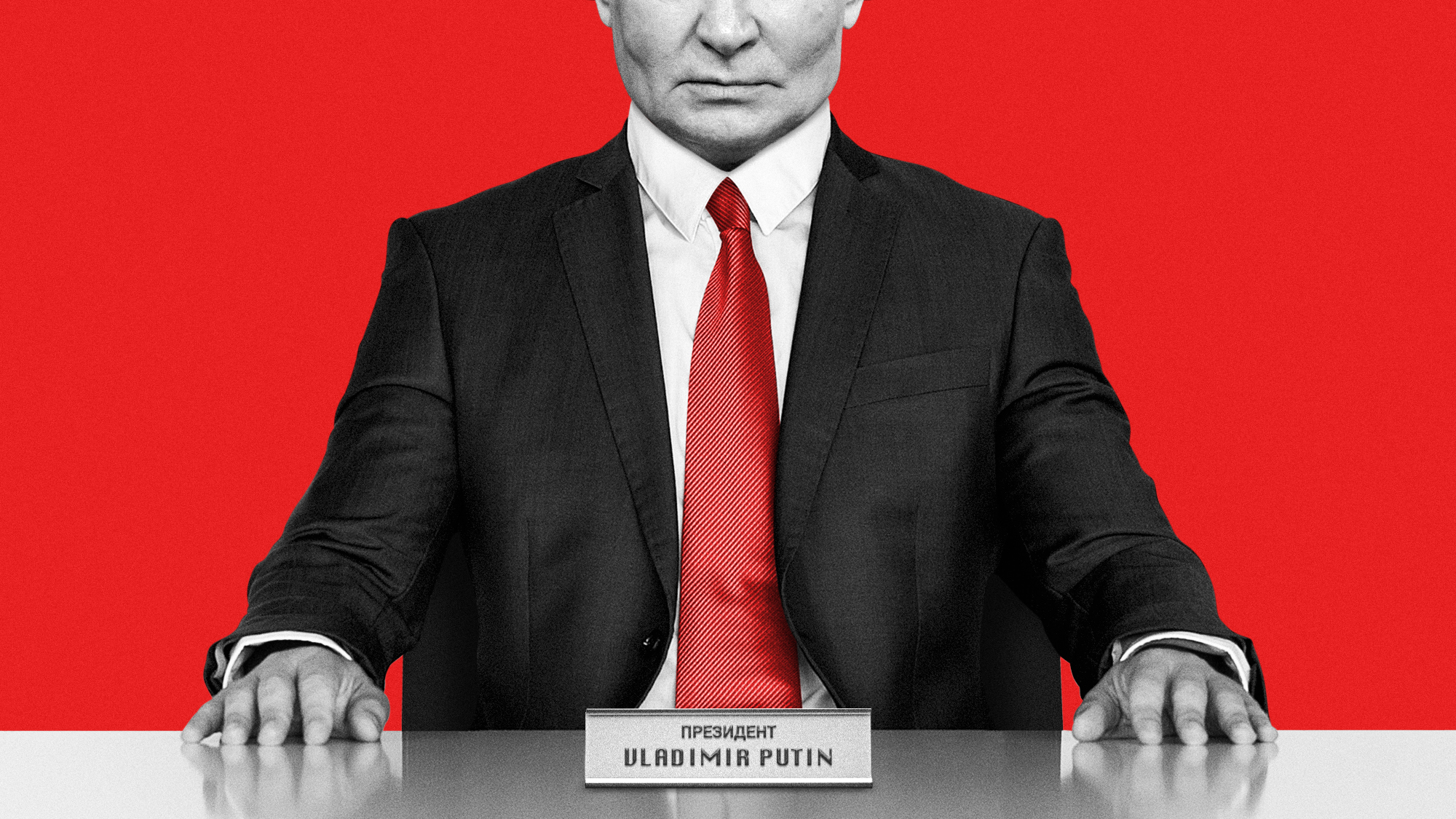 What will bring Vladimir Putin to the negotiating table?
What will bring Vladimir Putin to the negotiating table?Today’s Big Question With diplomatic efforts stalling, the US and EU turn again to sanctions as Russian drone strikes on Poland risk dramatically escalating conflict
-
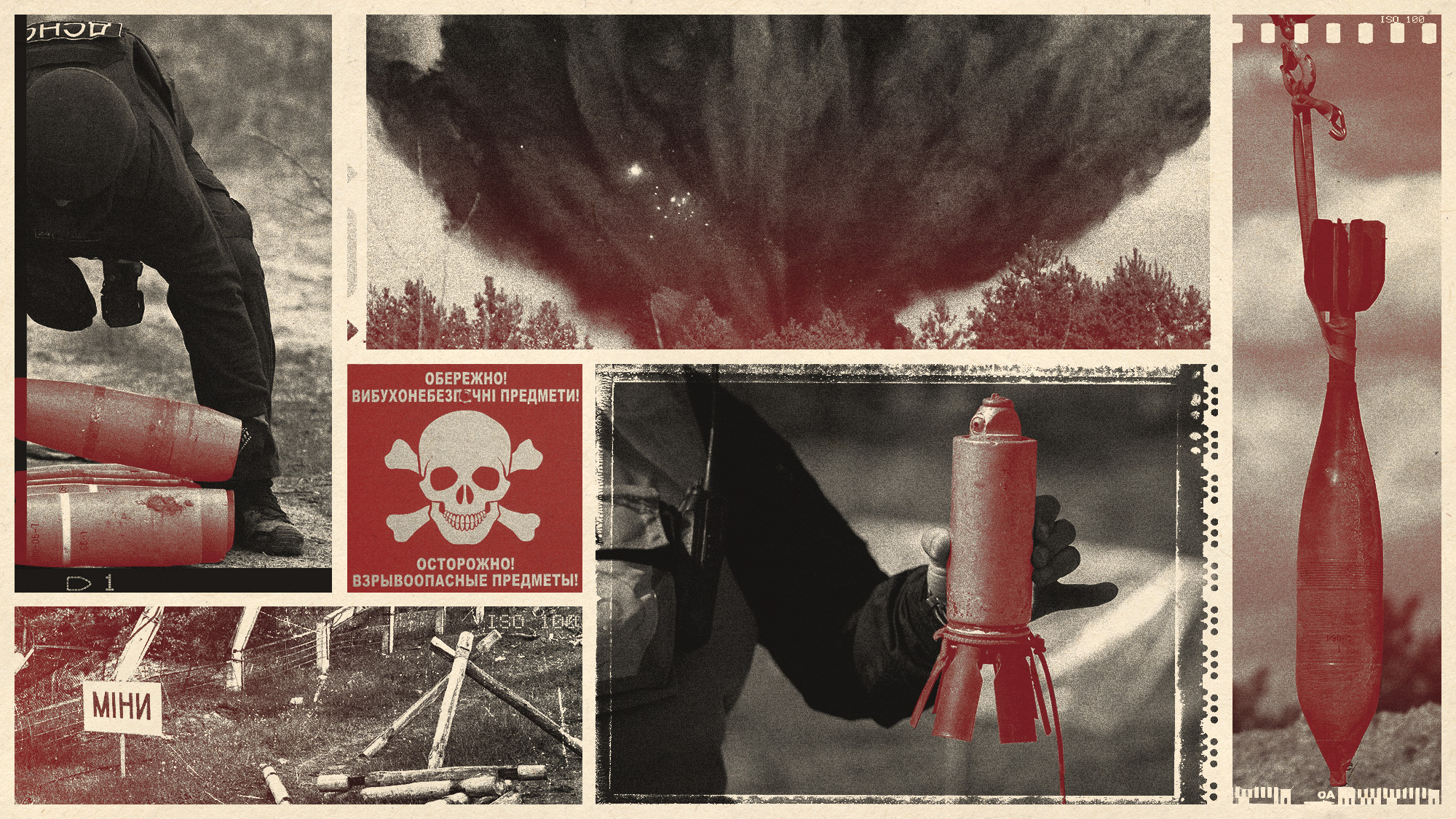 The mission to demine Ukraine
The mission to demine UkraineThe Explainer An estimated quarter of the nation – an area the size of England – is contaminated with landmines and unexploded shells from the war